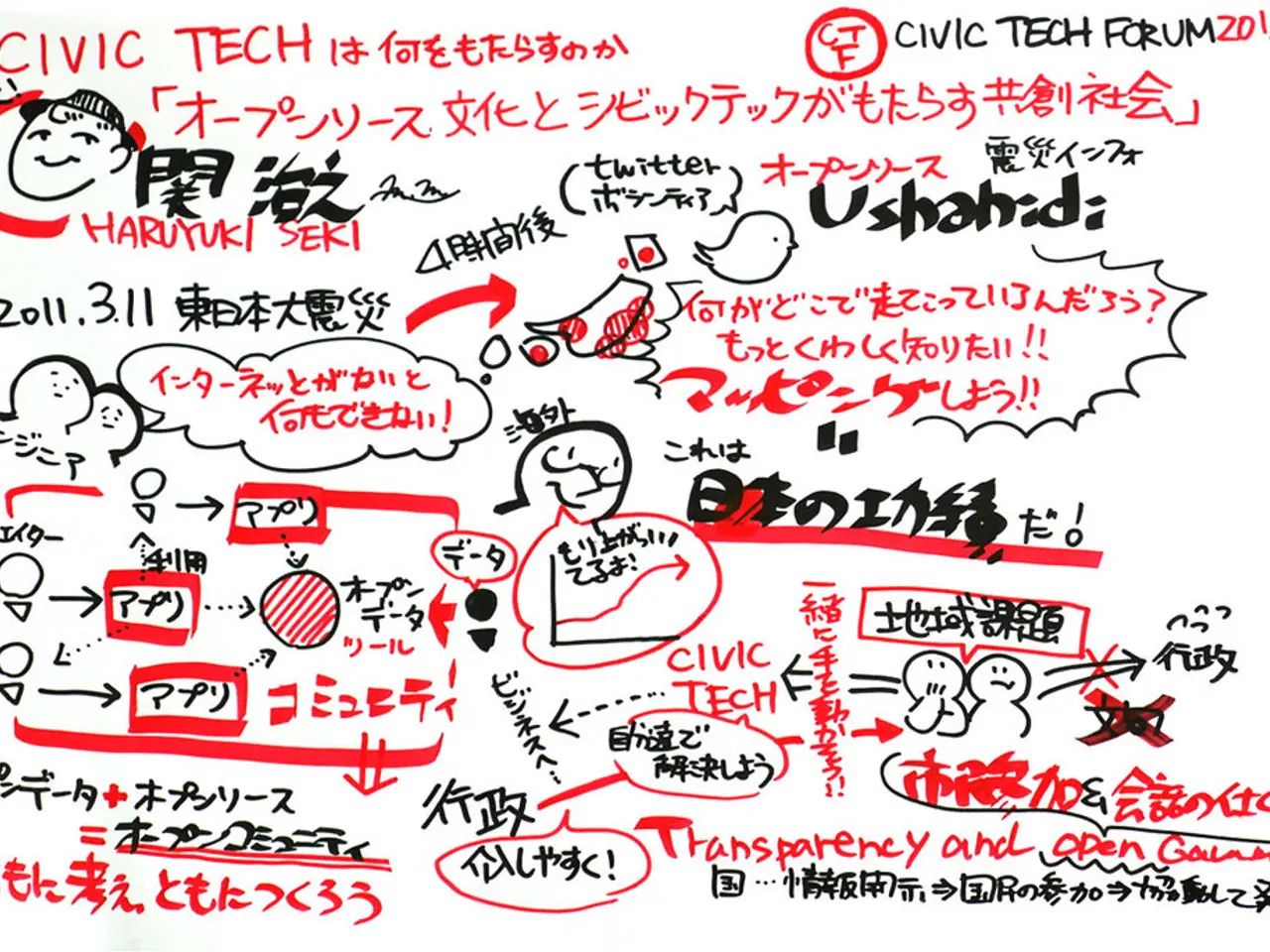Ferrari Hit with Disastrous Ransomware Infiltration
In the past month, Ferrari, the iconic Italian luxury sports car manufacturer, has fallen victim to a ransomware attack. The incident has compromised the security of Ferrari's customer data, underscoring the need for all businesses to be vigilant and proactive in their cybersecurity efforts.
The perpetrators of the attack demanded a ransom in exchange for not releasing the stolen data. Ferrari has not disclosed the amount of the ransom or whether it was paid. However, the company has assured its customers that it has put in place measures to prevent similar attacks from happening again in the future.
The attack on Ferrari serves as a reminder that even prestigious companies can be vulnerable to cyber-attacks in the digital age. Businesses of all sizes and industries must prioritize cybersecurity to protect themselves and their customers' data.
In response to the rising frequency and complexity of ransomware attacks, the automotive industry is adopting a range of advanced cybersecurity measures. These measures aim to protect modern software-defined and connected luxury vehicles from sophisticated threats.
One such measure is the adoption of international cybersecurity standards, such as ISO 21434 and UNECE R155/R156. These standards mandate comprehensive cybersecurity risk management across the vehicle lifecycle and require Cybersecurity Management Systems (CSMS) and Software Update Management Systems (SUMS). Compliance is essential for market access and ensures structured approaches to threat analysis, vulnerability management, and incident response.
Another key measure is the implementation of the zero-trust security model and security-by-design principles. These approaches assume no implicit trust for any system component and embed security checkpoints throughout hardware and software development to prevent unauthorized access or exploitation.
Many manufacturers also utilize AI and edge computing to detect and respond autonomously to threats in real time, reducing reliance on cloud connectivity and improving resilience against attacks. Supplier and supply chain validation, data protection practices, governance and cultural reinforcement, regular security patching, and over-the-air (OTA) updates are other crucial measures being implemented.
Ferrari's swift response and transparency following the attack will help in mitigating damage to its reputation. However, as one of the most high-profile brands in the world, the company may face criticism from customers and regulators alike due to this incident. Ferrari may face an uphill battle to restore customers' trust and its reputation for providing exclusive, high-end experiences.
Regardless of the industry, companies must understand the importance of cybersecurity in today's digital world. Ferrari's incident underscores this reality and serves as a reminder for all businesses to take proactive steps to protect their customers' data and their own reputation from the threat of ransomware attacks.
[1] "Cybersecurity for Automotive: A Comprehensive Approach" - SAE International [2] "Cybersecurity in the Automotive Industry: Challenges and Solutions" - Elsevier [3] "UNECE WP.29 - World Forum for the Harmonization of Vehicle Regulations" - United Nations Economic Commission for Europe
- The automotive industry, including Ferrari, is looking towards advanced cybersecurity measures, such as the zero-trust security model and security-by-design principles, to protect vehicles from sophisticated threats in the digital age.
- In response to the increasing complexity of ransomware attacks, international standards like ISO 21434 and UNECE R155/R156 are being adopted, mandating comprehensive cybersecurity risk management across the vehicle lifecycle.
- Regulatory bodies and academic institutions, such as SAE International and Elsevier, offer resources on cybersecurity for the automotive industry, providing insights into challenges and solutions for businesses looking to strengthen their cybersecurity efforts.




